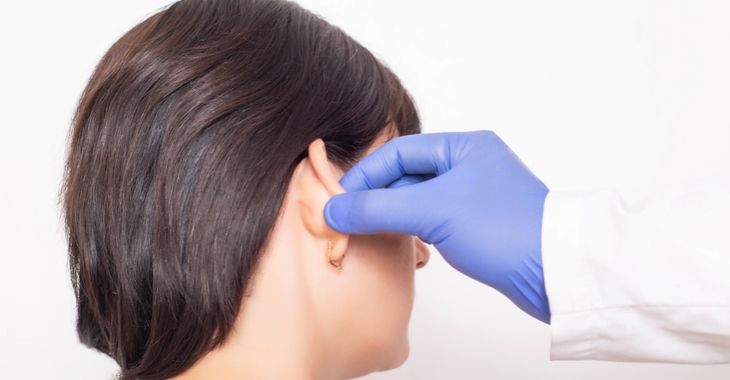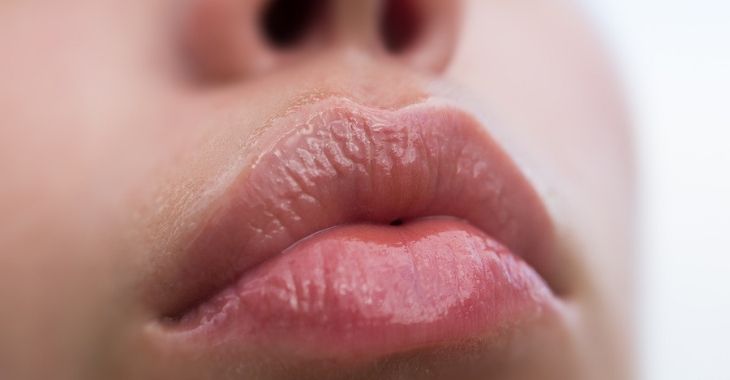Ear Reconstruction Using Rib Grafts

Deformed ears or ears that are damaged due to trauma can be reconstructed using advanced plastic surgery techniques. One of the most effective methods for ear reconstruction is using rib grafts. This technique uses cartilage from the patient’s own ribs to create a new ear. Forming a new ear can help improve the patient’s appearance and self-confidence.
Steps of Rib Graft Ear Reconstruction
This advanced procedure begins with harvesting cartilage from the patient’s ribs. This procedure will remove portions of cartilage from several ribs to get enough material to build the structure of the new ear. These pieces of cartilage are put together to create the framework of the new ear. Once the cartilage is formed, it is inserted under the skin on the scalp where the new ear will be formed.
After the ear framework is placed under the skin, the surgical site must be allowed to heal. This allows the cartilage to connect to the scalp tissue for a permanent ear structure. Once healed, the reshaping and positioning of the ear can occur. These can include:
- Elevating the new ear away from the scalp
- Positioning the ear and lobe for natural balance and appearance
- Reshaping the cartilage into a natural ear shape
Depending on the extent of ear reconstruction, it can require two or more surgeries to complete the procedure. These occur over several months. However, once complete the patient will have a permanent ear that is made from their own tissue.
Ear reconstruction from rib grafts has been performed for decades, but advanced techniques allow for quicker healing and more natural appearance. Choosing a plastic surgeon that specializes in this technique can ensure the best results for patients considering this procedure.
Posted on behalf of:
Atlanta Plastic Surgery Specialists, P.C.
2001 Peachtree Road #630
Atlanta, GA 30309
(404) 355-3566
The information provided on this website, including text, graphics, images, and other materials, is intended solely for informational purposes and should not be used as a substitute for professional medical advice, diagnosis, or treatment.


)